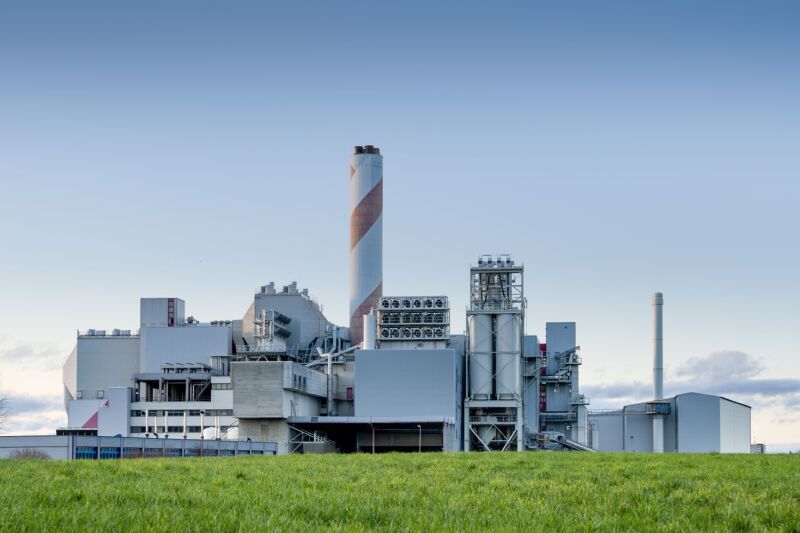The US Treasury Department and Internal Revenue Service (IRS) have issued final regulations regarding the Section 45Q tax credit for qualified “carbon oxide” sequestration using carbon-capture equipment placed in service on or after the date of the enactment of the Bipartisan Budget Act of 2018.
Section 45Q of the US tax code provides a foundational policy for increasing deployment of carbon capture and storage (CCS) projects in the US.
It provides a dollar-for-dollar reduction in federal income tax liability for each metric ton of “qualified carbon oxide” when an eligible project has either securely stored the captured carbon dioxide (CO2) in geologic formations, such as oil fields and saline formations, or beneficially used captured CO2 or its precursor, carbon monoxide (CO), as a feedstock to produce fuels, chemicals, and products such as concrete in a way that results in emissions reductions as defined by federal requirements.
The credit value ranges from $10–50 per metric ton, depending on when the carbon-capture equipment is placed in service and what is done with the carbon oxide after it is captured. The credit is worth more if the carbon oxide is permanently buried as opposed to used in an enhanced oil or natural-gas recovery project or other process.
“These final regulations provide taxpayers and the American energy sector with needed clarity on utilizing the section 45Q credit,” said US Treasury Secretary Steven T. Mnuchin in a press release.
The Final Regulations
The final regulations make several important clarifications and technical changes.
- Reducing the lookback period for credit recapture from 5 years to 3 will safeguard the geologic storage objectives of the program while addressing the open-ended risk of credit recapture that could otherwise impede private investment in carbon-capture projects
- Providing for a flexible approach to aggregating smaller industrial facilities into a single project to qualify for 45Q, significantly expanding opportunities for project deployment and emissions reductions in multiple industries and regions of the country
- Providing needed guidance on tax credit eligibility for carbon oxide utilization that will encourage innovation
The regulations finalize, with modifications, an initial set of proposed regulations that was issued in May 2020 and leave project sponsors and investors with a much clearer and complete set of rules than they had in January 2020.
Among those welcoming the final regulations was Brad Crabtree, director of the Carbon Capture Coalition. Crabtree released the following statement on behalf of the coalition’s 80-plus member businesses and organizations.
“The Carbon Capture Coalition welcomes the release of final rules to implement the reformed 45Q tax credit. The final rule will provide long-overdue regulatory and financial certainty to incentivize private investment in economywide deployment of carbon capture, removal, transport, use, and geologic storage across a range of key industries.
The final rule, coupled with the two-year extension of 45Q passed in December as part of the 2020 omnibus spending package, will help to unlock billions of dollars in private capital to continue moving forward on the approximately 30 publicly identified commercial carbon capture projects already under development nationwide in response to the revamped tax credit.
“The 2020 omnibus spending package includes vitally important provisions that mark a critical next step toward a federal policy framework for economywide deployment of carbon capture and removal to put our nation on the path to achieving net-zero emissions to meet mid-century climate goals, while preserving and creating high-wage domestic energy, industrial, and manufacturing jobs.”

